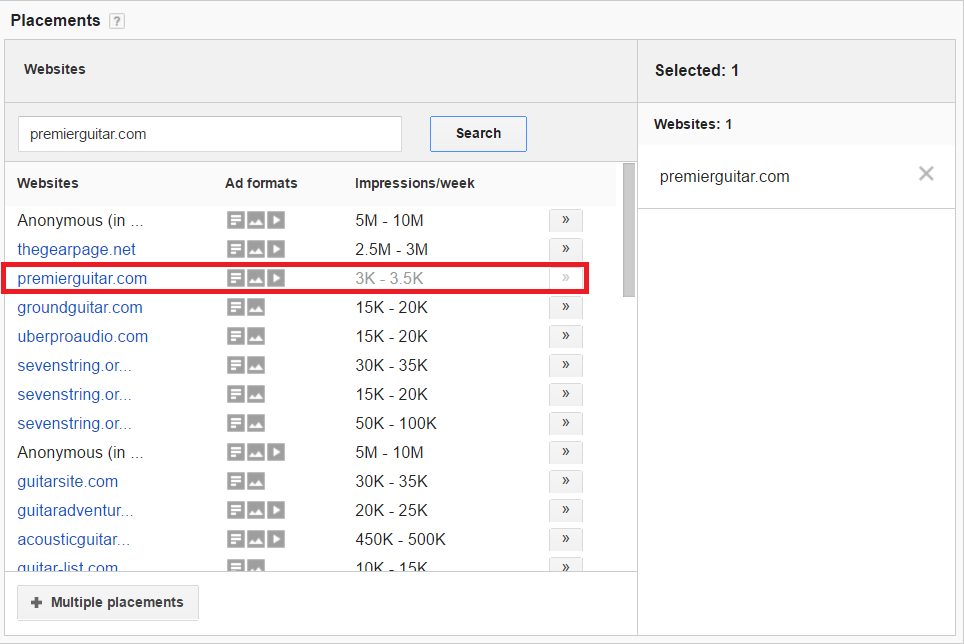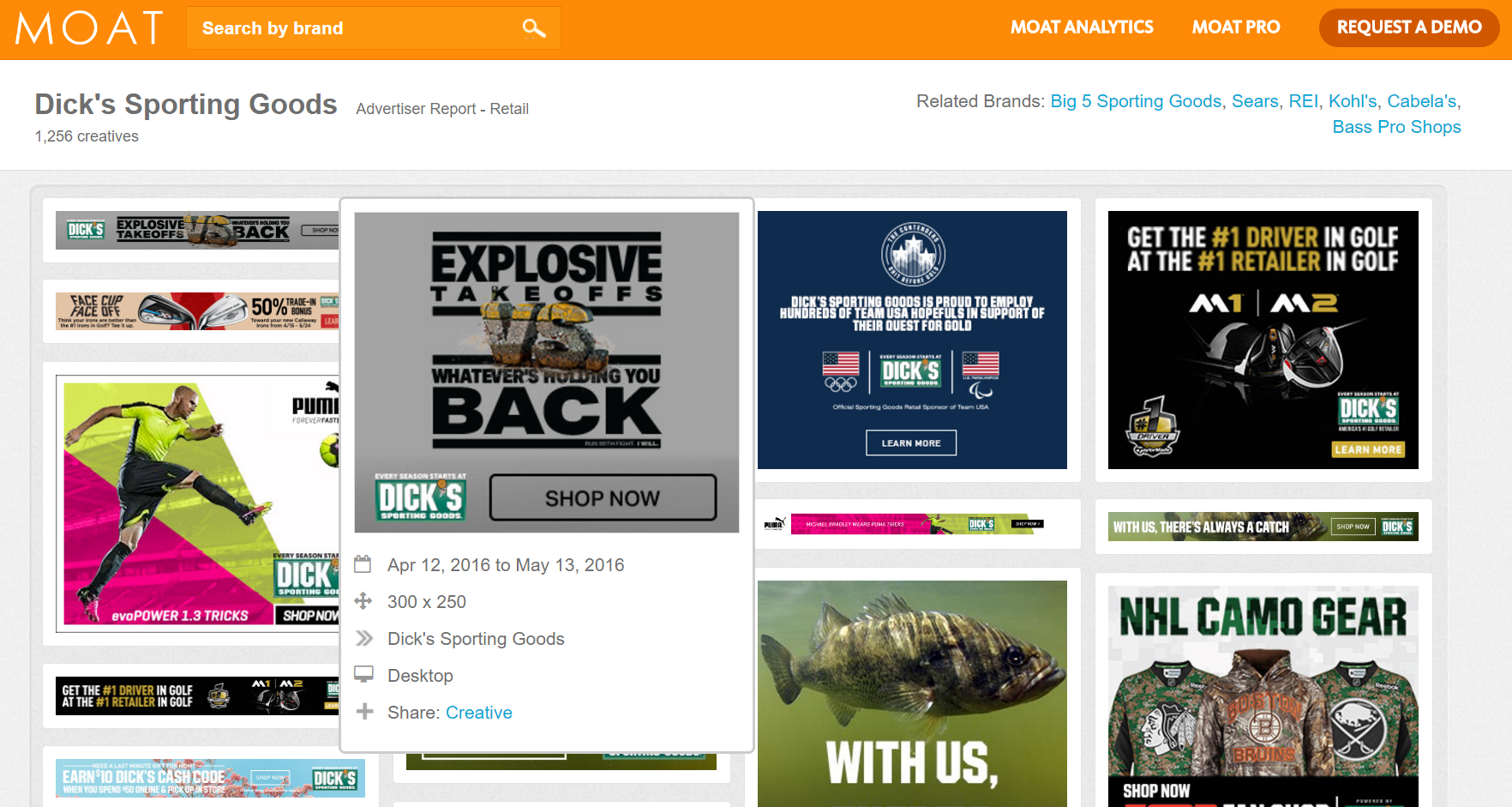3 Easy Ways to Boost Your AdWords Display Performance
Display campaigns in AdWords are a great way to boost awareness for either your brand or a specific product or service. However if you’re new to this campaign type, you could end up spending a lot of money showing your ads to the wrong audience. Here are three simple ways you can create a better-performing display campaign without a lot of extra effort.
Use Top Converting Referrals as Direct Placements
Under Acquisition in Google Analytics, you can break down your site traffic by Referrals. These are all the visits/sessions that come from other websites. If you see referral sources that convert pretty well, make a list of them and see if they’re in Google’s Display Network.


Add all of the sites that are part of the Display Network as a specific placement campaign to better control the budget and performance. This is where PR can help. A good PR team isn’t going to try and get an article or press release on sites that your target audience won’t care about. If your business or client has a continuous focus on PR, try and get a list of all the digital sites and see if they’re on the Display Network for a more, targeted approach.
Layers, Layers, Layers
I had one client a while ago who was in the food industry. They manufactured a very specific product that would satisfy a healthy lifestyle. When I looked at their Display campaigns, it was a big groan-fest when I saw there was only one ad group with interest targeting of “Food & Drink.”

Why is this bad? Because Google’s placements for topic targeting on the Display Network can be pretty broad. While this client’s product was for the healthy-eating audience, most of their ads were being shown on sites for grilled meats, baked goods, candy blogs, and many more. So how did I fix this? I added layers. I still targeted Food & Drink topics, but also added interests of Health/Nutrition to the same ad group to test. I then created another ad group that also targeted Health/Nutrition topics, but then added keywords to try and control the placements as much as possible. We also created another campaign for specific placements, but certain sites were so big the content on those sites were a little too broad for our liking. You know how we solved that. More layers! I added keywords to placement targets as well to keep our ads showing on the desired pages.

After creating several campaigns and ad groups with a layered approach, we saw the CTR and conversion metrics increase dramatically. The more targeted you are in your marketing, the better results you’re going to see.
Find Out What Your Competitors Are Doing with Display
If you’re behind your competitors with display advertising, it makes perfect sense to see what the competition has been doing. There are a few different third-party tools out there, but one of the tools I like to check is Moat. With their advertiser report, you can look up certain brands and get samples of what ads they’ve been running recently. Here’s one example.

If you pay for the full service, you’ll get much more statistics on where the brand has been spending their display dollars along with other analytics. Besides Moat, there are other ad intelligence tools such as AdBeat and WhatRunsWhere that offer different variations of the same service. See which one might be right for you if you have a deeper concern on what your competitors are doing.
Summary
I’m always on board with running at least some display ads. Building awareness leads to searches. If you haven’t tried display ads yet use these tips to start off on a stronger foot. If you have tried display but paused your campaigns, go back and implement the recommendations we just talked about to improve your performance.